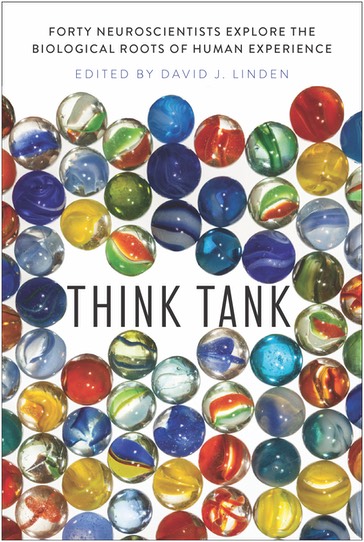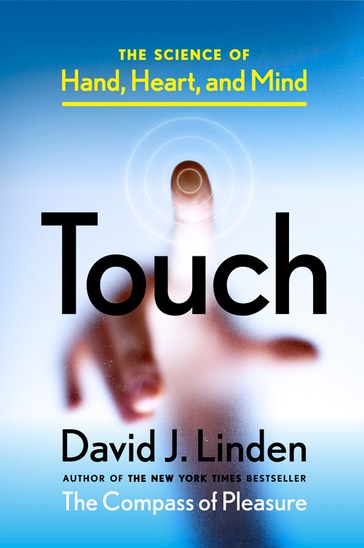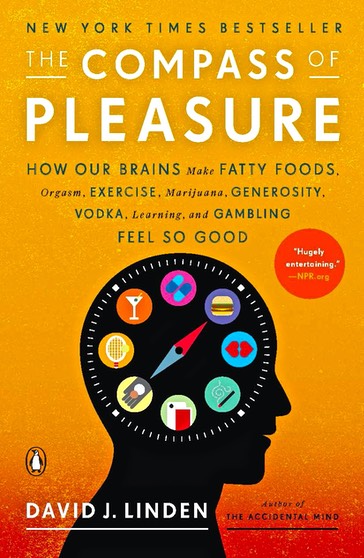These days most of us are willing to believe that drug addiction— including alcoholism— is a disease. Still, we harbor a sneaking suspicion that it’s really a disease of the weak-willed, the spiritually unfit, or people who are not quite like us. The comedian Mitch Hedberg understood this when he riffed:
Alcoholism is a disease, but it’s the only one you can get yelled at for having.
“Goddamn it, Otto, you’re an alcoholic!”
“Goddamn it, Otto, you have lupus!”
One of those two doesn’t sound right.
Whatever our prejudices, the truth is, given the right circumstances (which can include factors like high stress, early drug exposure or childhood abuse, poor social support, or genetic predisposition), anyone can become a drug addict. Addiction is not just a disease of weak-willed losers. Indeed, many of our most important historical figures have been drug addicts—not only the creative, arty types like Charles Baudelaire (hashish and opium) and Aldous Huxley (alcohol, mescaline, LSD), but also scientists like Sigmund Freud (cocaine) and hard-charging military leaders and heads of state from Alexander the Great (a massive alcoholic) to Prince Otto von Bismarck (who typically drank two bottles of wine with lunch and topped it off with a little morphine in the evening).
From studies comparing identical and fraternal twins it is estimated that 40 to 60 percent of the variation in the risk for addiction is contributed by genetic factors. That said, we are only in the early stages of understanding genetic contributions to addiction. There is no single “addiction gene,” and it is likely that a large number of genes are involved in this complex trait. One tantalizing observation concerns the gene for the D2 subtype of dopamine receptor, a crucial molecular component of the pleasure circuit. A particular form of this gene, called the A1 variant, results in reduced expression of D2 dopamine receptors within key regions of the pleasure circuit: the nucleus accumbens and the dorsal striatum. Carriers of the A1 variant are, as a result, significantly more likely to become addicted to alcohol, cocaine, or nicotine. Furthermore, among alcoholics, those with the A1 variant tend to be more severely affected, with earlier age of drinking onset, more severe episodes of intoxication, and more unsuccessful attempts to quit. In families with a strong history of alcoholism, brain scanning has revealed that those family members who were not alcoholics had more D2 receptors in the nucleus accumbens and the dorsal striatum than those who were. Taken together, these studies suggest that elevated levels of D2 receptor may be protective against certain forms of drug addiction. Indeed, in rats trained to self-administer alcohol, injection of a genetically engineered virus into the striatum to produce increased D2 receptor expression caused them to reduce their alcohol intake considerably. (A control group, which received an inactive virus, did not show this effect.) We are not at the point of injecting engineered viruses into the brains of human drug addicts anytime soon, but these findings do suggest the D2 receptor as one target for new addiction therapies.
When we say that addiction is a disease, aren’t we just letting addicts off the hook for their antisocial choices and behaviors? Not at all. A disease model of addiction holds that the development of addiction is not the addict’s responsibility. However, crucially, recovery from addiction is. We don’t blame someone with heart disease for the development of his condition. Yet once the disease is diagnosed, we do expect him to be responsible for his recovery by eating a healthy diet, exercising regularly, taking his medication, and so on. Similarly, believing that addiction is a disease does not absolve addicts from their responsibility for their own recovery and everything that entails. It’s not a free ride.



